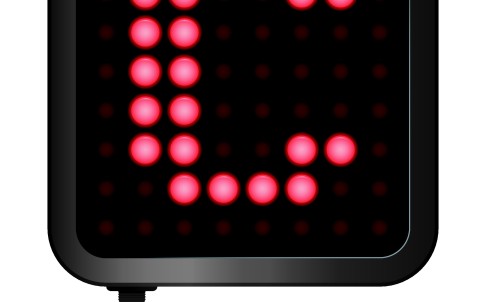With new USB connectors, it doesn't matter which way up they are
This way or that way up? It won't matter any more, says group developing industry standard for thinner connectors to replace one-way plugs
PUBLISHED : Tuesday, 08 April, 2014, 8:51pm
UPDATED : Tuesday, 08 April, 2014, 8:51pm
The Guardian in London

After almost two decades of trying and failing to plug in USB connectors the right way up first time round, computer users' difficulties may come to an end.
A new version of the USB connector, called Type-C, will be the first generation of the ubiquitous connection standard to be both symmetrical and reversible. Each end of the cable will be the same as the other - and it won't matter which way up the plugs are.
The downside of the Type-C connector, which will work with the new USB 3.1 specification, is that it is not physically compatible with current ports.
Manufacturers will have to choose whether individual sockets should be the common Standard-A type, source of all the this-way-up-no-that-way woes, or the new Type-C.
However, Alex Peleg, the vice-president of chipmaker Intel's platform engineering group, expects it to become widespread.
"This new industry standards-based thin connector delivering data, power and video is the only connector one will need across all devices," he said in a statement issued by the USB 3.0 Promoter Group, part of an industry body.
Images of the new connector were revealed when the Taiwanese electronics company Foxconn included renderings of the cables in a presentation leaked to the German IT site Golem.
No date has been given for when the first devices to use the connector will hit the market.
The Type-C superficially resembles Apple's Lightning connector, introduced in 2012.
Lightning is a proprietary terminator for a USB cable, but is much thinner than the proprietary 30-pin connector which it replaced - and is reversible.
The promoter group announced in December it was working on the Type-C, "to help enable thinner and sleeker product designs, enhance usability and provide a growth path for performance enhancements for future versions of USB".
While this is the biggest change to the USB format since it was standardised in 1996, it's by no means the first.
Over its two decades, the standard has evolved to contain a plethora of connector types.
The protocol has three different speeds - USB 1, USB 2 and USB 3, released in 1996, 2000 and 2008, offering maximum per-second throughputs of 12 megabits, 480Mb and 4 gigabits.
It also includes plugs for every category of device possible. Even before the introduction of USB 3.0, there were USB Type-A and Type-B, as well as Mini-A, Mini-B, Micro-A and Micro-B.
The latest protocol introduces a new shape for Type-B, Micro-A and Micro-B connectors, as well as the reversible Type-C.
But not every connector is equally successful. Owing to a lack of uptake, the Mini-A, Mini-B and Micro-A sizes are rarely used, while Type B fell out of fashion in the 2000s when smaller connectors made it look clunky in comparison.
While the Type-C connectors may have an advantage in their flexibility, they also lose out on backwards compatibility.
USB 3.0 devices with other types of connector can still be linked up with USB 2.0 cables, and will work well, albeit at a much slower rate.
